How bodysuits work to simulate physical sensation in a virtual environment
The idea behind bodysuits that simulate physical sensations in virtual reality is that these bodysuits are equipped with sensors and actuators that can pick up and simulate real physical sensations in the virtual environment. The most common actuators used in these types of bodysuits are vibrating motors, which simulate a range of sensations like a heartbeat, a rapid heartbeat, a tingling sensation, or even a virtual hug. Other types of actuators include fans, which can be used to simulate the sensation of wind blowing on your skin, and heaters that can make you feel a range of temperatures, from extreme heat to extreme cold. The sensors in these bodysuits can pick up on certain physical sensations and transmit them to the user while they are in the virtual environment. For example, a heart rate sensor could be used to transmit the sensation of a heartbeat to the user while they are in VR, or a pressure sensor could be used to simulate the sensation of being squeezed by an object or person.
Benefits of using bodysuits in virtual reality
Bodysuits that simulate physical sensations in virtual reality have a number of potential benefits, including:
- A more realistic virtual experience: Bodysuits that simulate virtual sensations give users a more realistic experience because they allow the user to physically feel and respond to the virtual environment as if it were actually occurring. This can enhance the experience for the user, making it more immersive and authentic. - Increased engagement: The ability of bodysuits to simulate sensations can make the virtual experience more engaging and interactive. This can encourage users to explore and interact with their virtual environment more, which can help increase their retention of the information and knowledge they gain from the experience.
- Increased engagement: The ability of bodysuits to simulate sensations can make the virtual experience more engaging and interactive. This can encourage users to explore and interact with their virtual environment more, which can help increase their retention of the information and knowledge they gain from the experience.
- Improved collaboration and communication: Bodysuits that simulate virtual sensations can be used in a variety of different ways in the virtual environment, including education, training, and collaboration. These bodysuits can be used to help encourage collaboration between users by making virtual experiences more interactive and engaging. They can also help facilitate communication between users by making virtual environments more realistic and authentic.
Different types of sensations bodysuits can simulate
- Heart rate: Bodysuits that simulate heart rate can make the virtual experience more authentic by transmitting the sensation of a rapid heartbeat or a slower heartbeat based on the situation. This can be used to simulate the physical sensation of stress or excitement, which can be helpful when trying to communicate those emotions to others.
- Temperature: Bodysuits that simulate temperature can make the virtual experience more authentic by transmitting the sensation of extreme heat or extreme cold. This can be used to simulate the physical sensation of being in a hot or cold environment, which can be helpful when trying to communicate those conditions to others.
- Pressure: Bodysuits can be used to simulate pressure on the user’s skin to make the virtual experience more authentic. This can be used to simulate the physical sensation of being squeezed, which can be helpful when attempting to communicate feelings of being trapped or uncomfortable.
- Pain: Bodysuits can be used to simulate pain on the user’s skin to make the virtual experience more authentic. This can be used to simulate the physical sensation of pain, which can be helpful when attempting to communicate feelings of being hurt or injured.
Potential applications for bodysuits in virtual reality
- Communication and collaboration: Bodysuits that simulate virtual sensations can be used in a variety of different ways in the virtual environment, including communication and collaboration. These bodysuits can be used to help encourage collaboration between users by making virtual experiences more interactive and engaging. They can also be used to help facilitate communication between users by making virtual environments more realistic and authentic.
- Education and training: Bodysuits that simulate virtual sensations can be used in a variety of different ways in the virtual environment, including education and training. These bodysuits can be used to help teach and inform the user about different types of information, including anatomy, biology, and health. They can also be used to help train users for real-world situations, like surgery or a medical procedure, by making the virtual experience more realistic and authentic.
- Immersive experiences: Bodysuits that simulate virtual sensations can be used to enhance the immersive experience of the virtual environment. This can be helpful when attempting to draw the user into the virtual environment and make the experience more engaging.
The future of bodysuits and virtual reality
As the use of VR increases, so does the demand for better and more advanced technology. Bodysuits that simulate physical sensations in virtual reality are a technology that has the potential to transform the way we experience virtual reality, revolutionizing the way we communicate and collaborate, learn and train, and create immersive experiences. These bodysuits have the potential to allow users to truly feel the virtual world around them, bringing the experience to life in a way never before possible. By making the virtual environment more authentic and engaging, these bodysuits have the potential to increase the effectiveness of these virtual experiences.
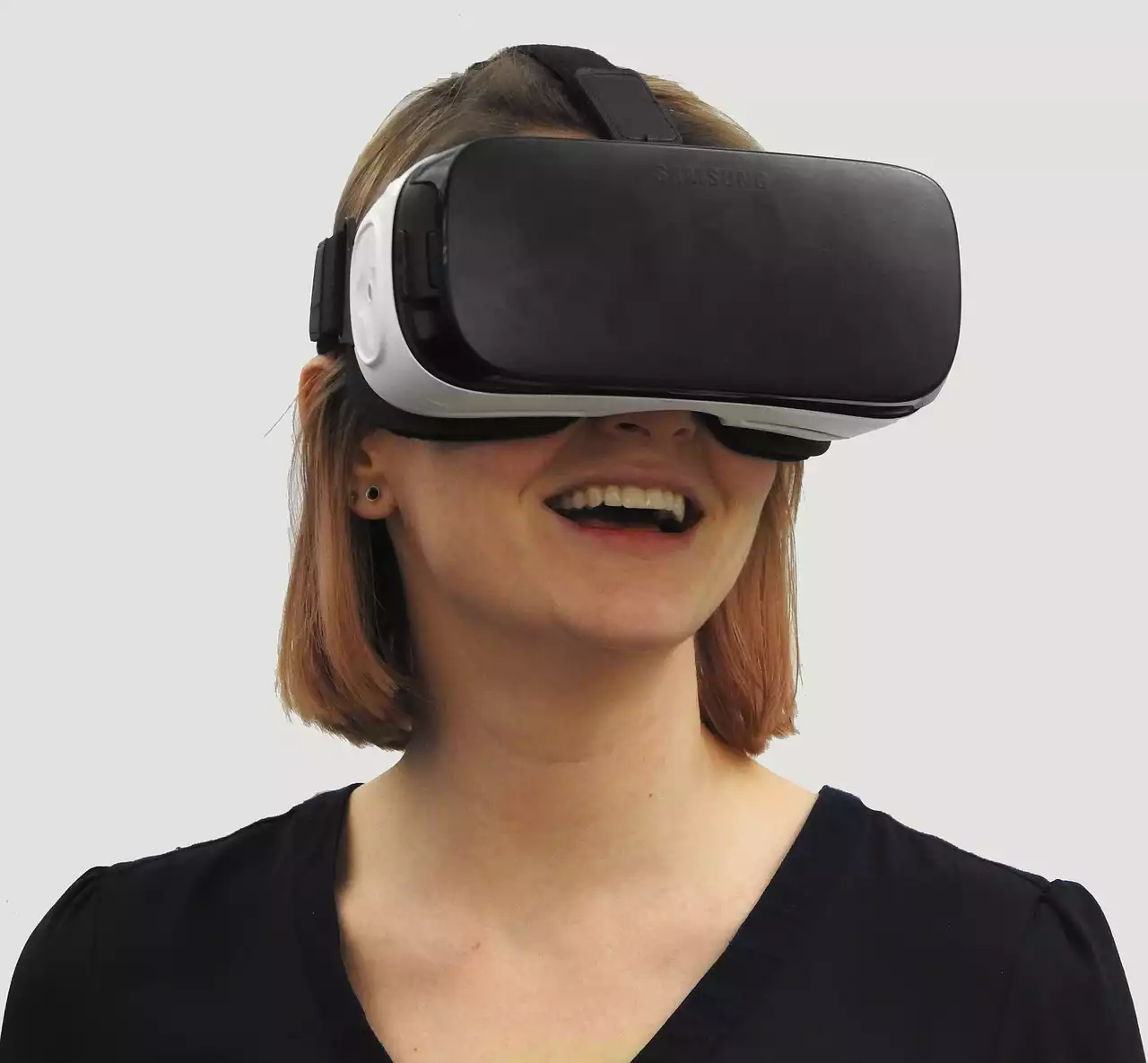
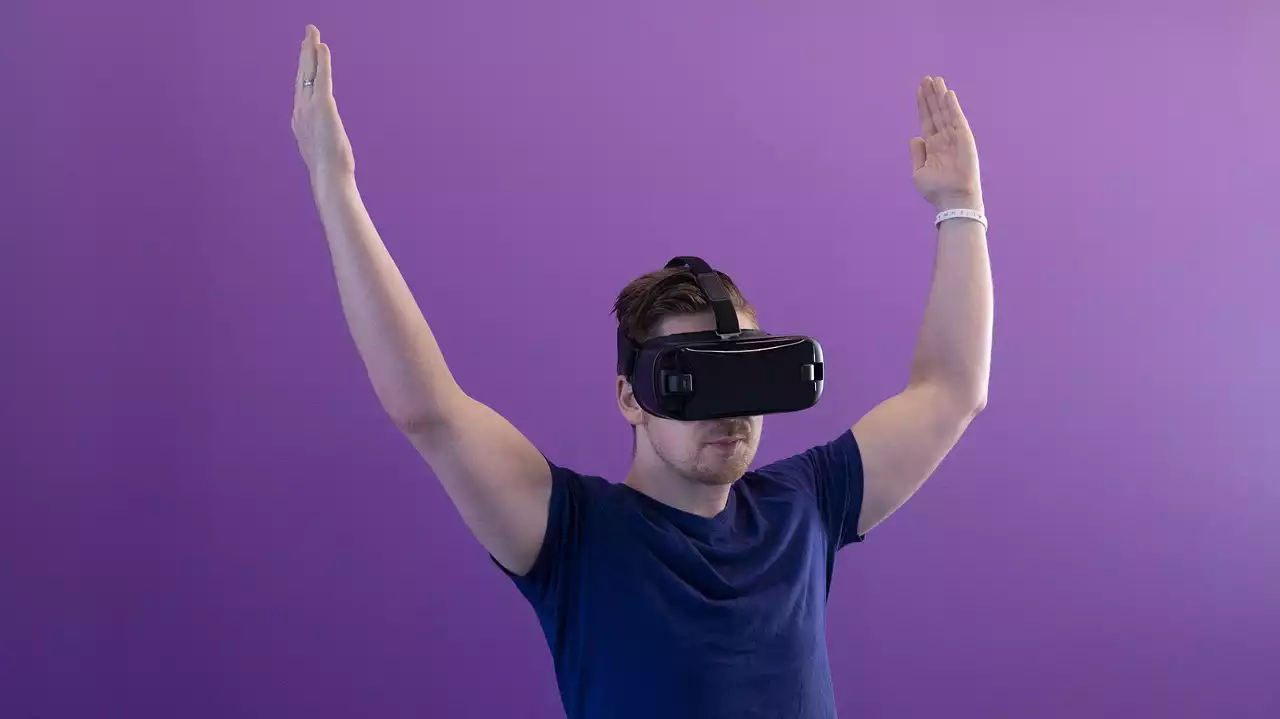
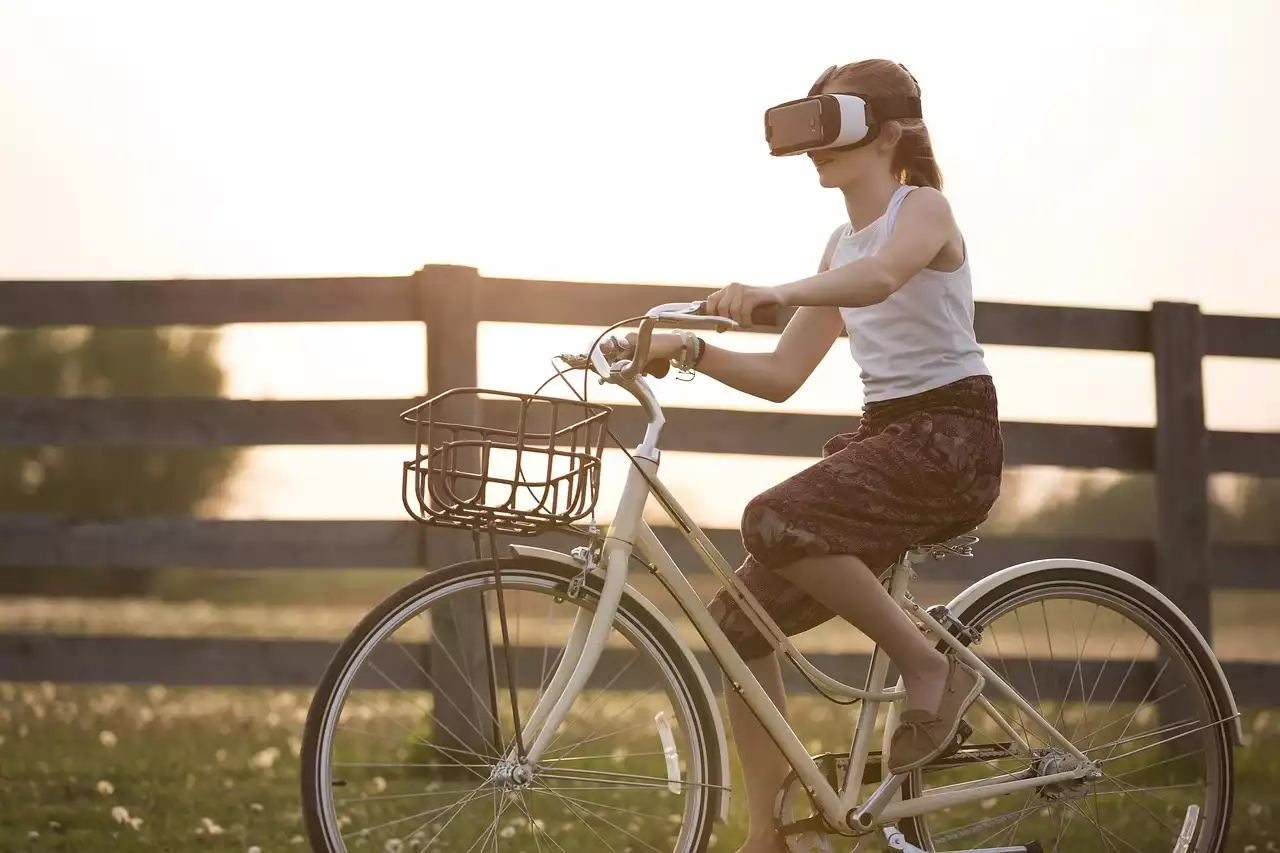
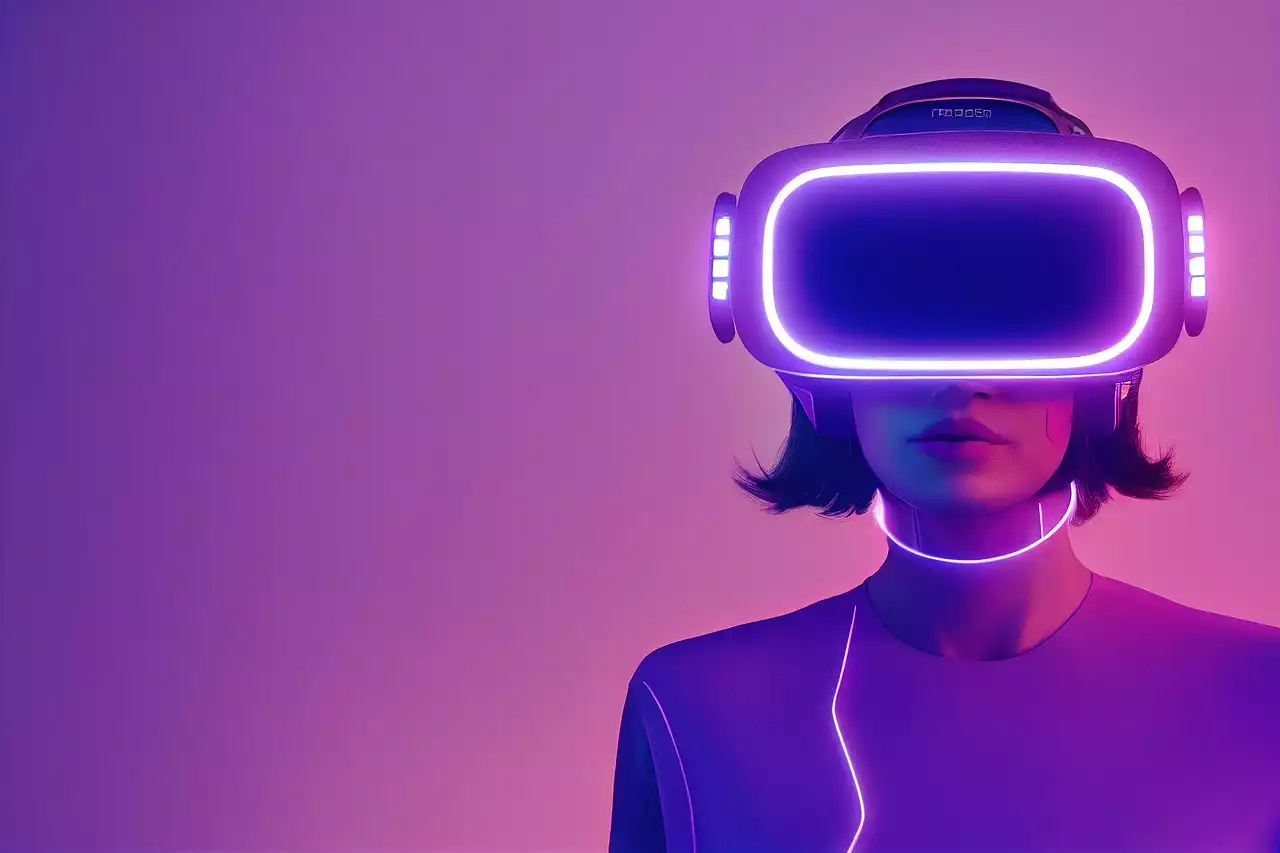
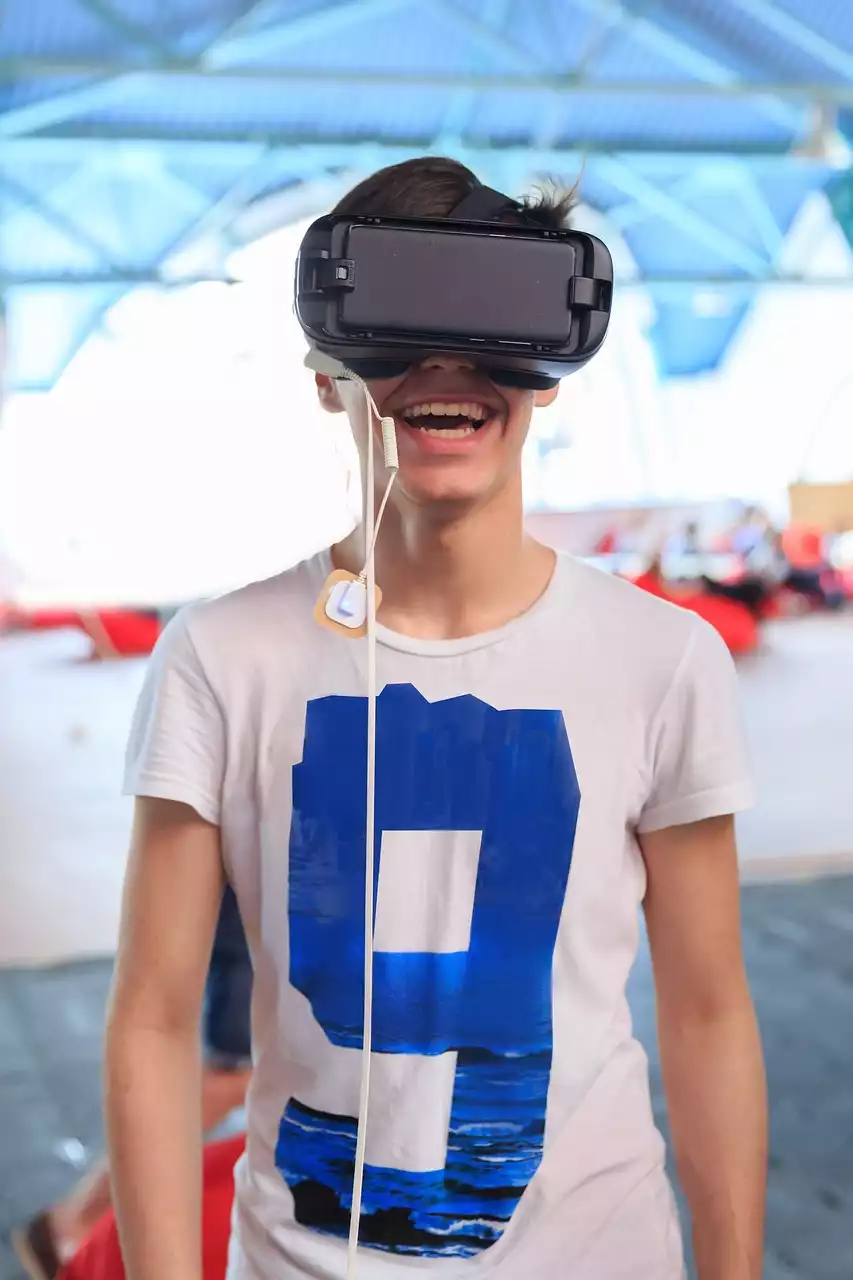

.png?size=50)


